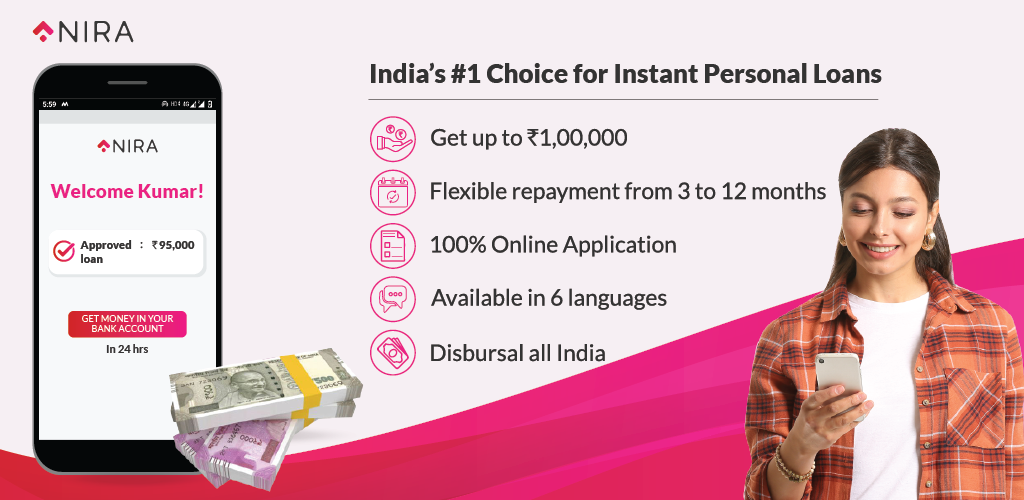In recent years, the financial industry has experienced a profound transformation with the emergence of online personal loans. Traditional lending institutions are no longer the sole players in the borrowing landscape. These digital platforms have revolutionized the borrowing process and brought about significant changes to the entire financial ecosystem.

Getting a small personal loan was a difficult process but not anymore. How has the paradigm for personal loans and the financial sector altered due to the internet and digital technology?
Loans provided by an online loan app have a wide range of effects, including improved accessibility, simplified application procedures, alternative credit evaluation techniques, and the development of lending marketplaces.
Learn how these cutting-edge digital alternatives transform the traditional lending industry, promoting competition and empowering individuals. Get ready to watch the evolution of borrowing in real-time.
Online personal loans have had a huge impact on the banking sector. Below mentioned are the five ways in which online personal loans are revolutionizing the financial industry:
- Alternative credit evaluation techniques: Online personal loans have facilitated the employment of alternative credit evaluation techniques. Traditionally, traditional lenders use credit scores to assess customers’ creditworthiness. However, internet lenders frequently use cutting-edge algorithms and data analysis tools to evaluate borrowers’ financial backgrounds. With this strategy, they can consider elements other than only credit history, such as career and educational background and even social media presence. As a result, those with poor credit histories or unusual financial backgrounds stand a better chance of getting loans.
- Peer-to-peer lending and markets: Due to online personal loans, Peer-to-peer (P2P) lending platforms and lending marketplaces have emerged. These platforms bypass conventional financial institutions, matching private lenders or investors with borrowers. Marketplaces and peer-to-peer lending allow people to get loans from various sources and frequently provide more flexible terms and rates. Those wishing to borrow money offer an alternate source of capital, and those looking to invest provide a chance to do so.
- Accessibility: With the advent of online personal loans, more people have easier access to financial services. The application procedures at traditional lending banks are frequently time-consuming and have tight qualifying requirements. On the other hand, digital platforms provided by online lenders make it simple for consumers to apply for loans while relaxing in their own homes. For those who might not have been eligible for conventional loans, this accessibility has created new borrowing alternatives.
- Simplified application procedure: By using an instant loan app, borrowers can submit applications quickly and easily via digital platforms, frequently with nothing in the way of supporting documents. The waiting period connected with traditional loan applications is decreased because many internet lenders offer quick pre-approvals and decisions. Borrowers now have quicker access to funds because of this streamlined procedure, which increases efficiency.
- Lower interest rates and more competition: Online personal loans have become popular; the lending market is now more competitive than ever. Compared to traditional banks, online lenders frequently have reduced administrative costs, enabling them to provide competitive interest rates. The result is that consumers now have more reasonable borrowing options with the pressure from the competition that has forced established lenders to review their terms and procedures.
Conclusion
Online personal loans have transformed the financial sector by enhancing accessibility, streamlining procedures, fostering competition, providing alternative credit evaluation techniques, and supporting lending marketplaces. These developments have given consumers more control over their borrowing, changed conventional lending procedures, and created new possibilities for lenders and borrowers in the rapidly changing digital environment.